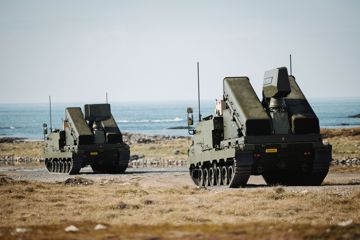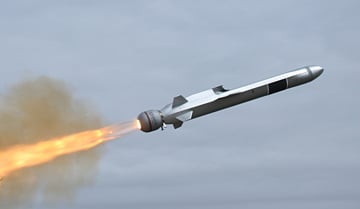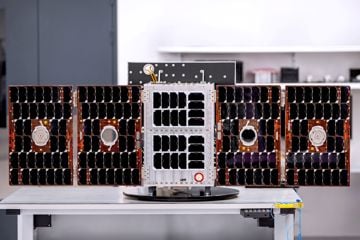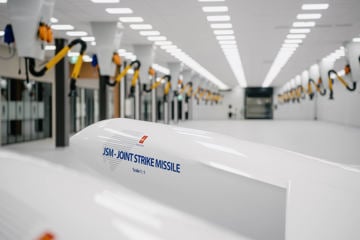Through its US subsidiary Kongsberg Defense & Aerospace Inc., the company will invest a total of $10 million for improvements to the newly leased space, including infrastructure improvements as well as fixtures, tooling and equipment.
“Our continued investments as a company in Pennsylvania are a testament to the highly skilled workforce that has been producing these systems for 20 years at a level of quality and reliability that no other producer of remote weapon stations can match,” said Kjetil Reiten Myhra, Executive Vice President of Kongsberg Defence & Aerospace’s Defence Systems Division. “Johnstown is home to Kongsberg Defence & Aerospace’s largest production facility outside of Norway and that wouldn’t be possible without the ongoing support of the community.”
“KONGSBERG remote weapon systems play a critical role in the defence and security of the U.S. military and its allies and our incredible team and the strong work ethic in this region will allow us to expand and increase the rate at which we can supply these systems, to meet the global threat environment and support customer demand,” said Heather Armentrout, president and general manager of Kongsberg Defense and Aerospace, Inc.
KONGSBERG’s Johnstown facility, a dedicated remote weapon station production facility, currently employs more than 220 people and has a footprint of 235,000 square feet. More than 20,000 remote weapon stations and approximately 100 remote turrets have been produced in this facility since it opened in 2008. KONGSBERG maintains an extensive U.S. supply chain that will be leveraged to support the increasing demand for its products and services.
The new production space will support production of the Marine Corps’ Amphibious Combat Vehicle (ACV-30) gun system – which incorporates a 30 mm auto cannon mounted on a remotely operated turret from KONGSBERG.
In addition to producing the Marine Corps’ ACV-30 systems, the company also produces remote weapon stations for the US Marine Corps’ Marine Air Defense Integrated System (MADIS) and the Army’s Common Remotely Operated Weapon Station (CROWS). Additionally, the facility has been repairing and refreshing legacy remote weapon stations, since its establishment in 2008.
“The global threat environment is driving more sophisticated capabilities and more aggressive delivery timelines and it is paramount that we, along with our key suppliers, make the investments needed to more rapidly provide these key capabilities,” said Armentrout.







